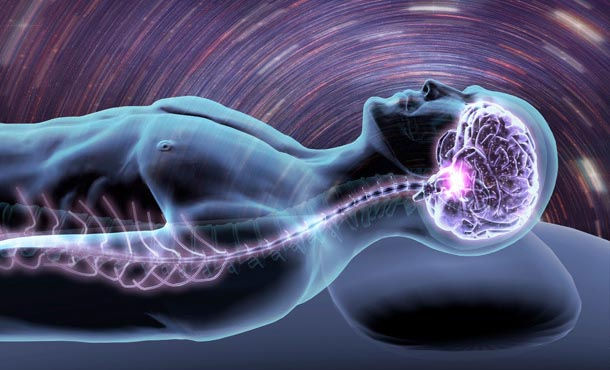Effects of Neurotransmitters on sleep
- Nusrat Mahzabin

- Dec 25, 2022
- 1 min read
The part of the brain that is most important in regulating sleep duration is hypothalamus. Certain groups of hypothalamic neurons and adjacent groups of basal forebrain neurons produce the neurotransmitter Y-aminobutyric acid (GABA). Projections of these GABA neurons inhibit the firing of the cells involved in wakefulness. Several groups of neurons have been shown to be inhibited by this action- including neurons containing histamine, norepinephrine, serotonin, hypocretin and glutamate- and this inhibition promotes sleep.

The most nostral neurons in the brain with a major role in sleep control are GABA-ergic cells located in the basal forebrain and in the anterior hypothalamus. These GABA-ergic cells are unique while most neurons tend to have minimal activity during non rapid eye movement sleep. These cells are more active during NREM sleep than they are in REM sleep in waking.
They also increase discharge rate with sleep onset and continue to release GABA at a high level while sleep continues. In some cases GABA neurons continue firing during REM sleep. In other cases neurons are active in relation to NREM sleep in particular.
GABAergic cells induce sleep by inhibiting cells that are involved in aroused functions. Cholinergic neurons in the basal forebrain are directly inhibited by the GABAergic sleep active neurons and since the cholinergic system is one of the main forebrain arousal systems of the brain,the inhibitions produced by this activity deactivate the cortex.
Reference:
Davidson's Principles and Practice of Medicine, 24th Edition




Comments